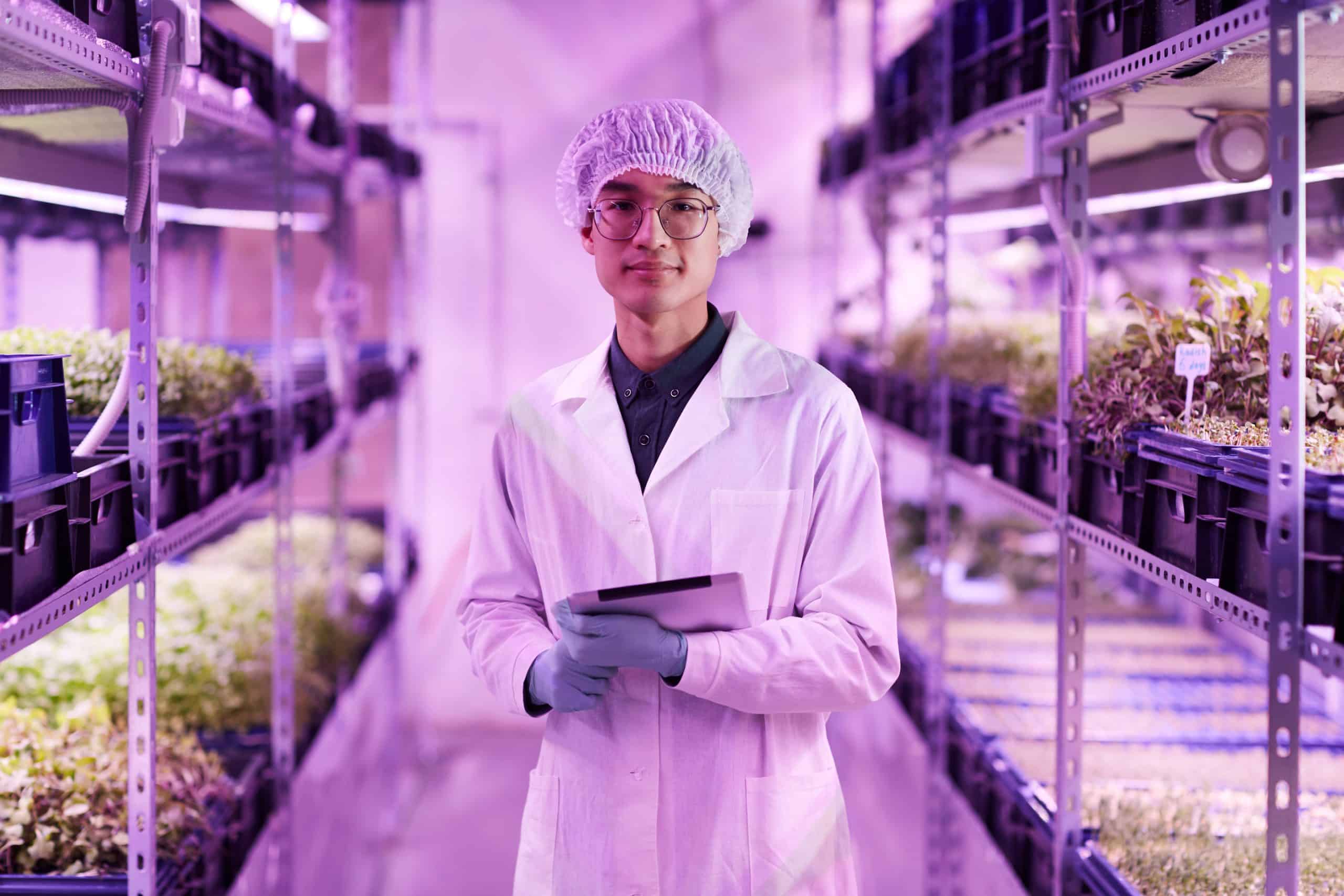The mantra of reuse, reduce, and recycle has never been more applicable than in the domain of gardening. Building a greenhouse from upcycled materials not only allows garden enthusiasts to channel their inner DIY spirit, but also contributes positively to the environment. With a bit of creativity and a keen eye for repurposing, used materials like plastic bottles, old windows, or leftover frames can become the building blocks for your very own garden sanctuary. This article will guide you through the process and offer some expert tips for creating a DIY greenhouse.
Selecting the Appropriate Materials
Selecting the right materials is crucial in building a greenhouse. The materials you choose will determine the lifespan of your greenhouse, its aesthetic appeal, and, most importantly, its effectiveness in promoting plant growth. By reusing existing materials, you not only save money but you also create a personalized greenhouse that is uniquely yours.
In parallel : How Can You Use Modular Furniture to Redesign a Living Room for Flexibility?
Old windows can become the walls and roof of your greenhouse. Their transparency allows sunlight to filter in, creating an ideal environment for plants. Wooden frames that are no longer in use can be repurposed as the framework for your greenhouse. These will provide a sturdy base and help shape your greenhouse.
Plastic bottles are also an excellent material for a DIY greenhouse. They are lightweight, readily available, and they let in sunlight. When attached together, they can form a dome-like structure that is both functional and visually appealing. To ensure durability, consider using bottles made of polyethylene terephthalate (PET), as this type of plastic is more resistant to the effects of UV light.
Additional reading : How to Design a Farmhouse-Inspired Kitchen with Modern Conveniences?
Planning the Greenhouse Layout
Once you’ve gathered your materials, the next step is planning the layout of your greenhouse. Consider the space available in your garden and the types of plants you intend to grow. The design of your greenhouse will significantly influence its efficiency in terms of sunlight absorption and heat retention.
For instance, a south-facing greenhouse will get the maximum amount of sunlight, which is beneficial for the plants. Similarly, a dome-shaped greenhouse from plastic bottles will have a larger surface area and thus, more exposure to sunlight.
Remember to create ample space for walkways and storage. Also, consider your plants’ growth patterns and make sure there’s enough room for them to grow without obstruction. A well-planned greenhouse layout ensures an optimal growing environment for your plants, while also enabling easy access for maintenance and harvesting.
Constructing the Greenhouse Frame
The frame is the backbone of your greenhouse, and building it properly is essential to ensure the structure’s stability. If you’re using wooden frames, make sure they are in good condition and free of termites. Treat them with a wood preservative to protect them from weathering and rot.
Assembling the frame is often the most challenging part of building a DIY greenhouse. If you’re using windows, align them to form the walls and roof, securing them at the corners with metal brackets or strong adhesive. For a plastic bottle greenhouse, start by creating a circular base and then stacking the bottles in layers to form a dome. Secure each bottle with adhesive and/or wire for added strength.
Insulating Your Greenhouse
One of the major functions of a greenhouse is to maintain a warm environment for plants during the cold months. For this reason, insulation is a critical component of your DIY greenhouse. The windows and plastic bottles will provide basic insulation, but adding an internal layer can boost the greenhouse’s heat retention capacity.
Bubble wrap is an effective and affordable insulator. It can be attached to the interior walls of the greenhouse using adhesive or staples. In addition to insulation, consider installing a heat source, such as a portable heater, for extremely cold days.
Growing Plants in Your Greenhouse
Once your greenhouse is up and ready, it’s time for the most exciting part – growing your plants. Different plants have different growing requirements, so research the best conditions for your chosen varieties.
Regular maintenance is key to keeping your plants healthy. Monitor the temperature and humidity levels in the greenhouse, water the plants regularly, and inspect them for signs of pests or disease. With the right care, your DIY greenhouse can yield a bountiful harvest, making all your hard work worthwhile.
Remember, building a DIY greenhouse from upcycled materials is not just an exercise in creativity and resourcefulness. It’s a step towards sustainable gardening, contributing to a greener and healthier planet.
Maintaining Your DIY Greenhouse
Maintaining a homemade greenhouse made from upcycled material requires commitment and attention. The greenhouse should be inspected regularly, especially after extreme weather conditions like storms or heavy rain, to check for any damages or leaks. Damaged parts should be repaired or replaced promptly to ensure the greenhouse remains a conducive environment for plant growth.
The interior environment should also be managed to optimize plant growth. The temperature inside a greenhouse can fluctuate on sunny days and chilly nights, making it necessary to monitor and regulate. A minimum-maximum thermometer can be helpful in keeping track of the temperature range. Installing a space heater can help maintain a warm temperature during the winter seasons, ensuring year-round growing.
Humidity inside a greenhouse can also have a significant impact on plant health. Too high humidity can encourage the growth of molds and fungi, while too low can cause plants to dry out. Invest in a hygrometer to monitor the humidity levels and adjust accordingly. On hot, humid days, ventilate the greenhouse to reduce moisture accumulation.
Maintaining cleanliness is also important. Regularly clear out any dead leaves or plants, as they can attract pests and disease. Cleaning the surfaces of your greenhouse, including the windows or plastic bottles, ensures that maximum light can penetrate, promoting photosynthesis.
Understand that maintaining a DIY greenhouse is a continuous process. With regular upkeeping, it can provide a space for your plants to thrive for years to come.
Conclusion
Building a DIY greenhouse from recycled materials is a rewarding endeavour. It combines creativity and resourcefulness, providing a budget-friendly solution for creating the perfect growing environment for your plants. It’s important to keep in mind that building a greenhouse from materials like old windows and plastic bottles is not just about saving money—it’s an eco-friendly approach to gardening that minimizes waste and reduces our carbon footprint.
Remember to plan wisely, considering the available space and the types of plants you intend to grow. Your greenhouse plan should include a robust frame and efficient insulation. Don’t forget to organize space for walkways and storage, ensuring easy access for maintenance and harvesting.
Once your greenhouse is built, the hard work isn’t over. Regular maintenance is vital to keep the greenhouse in optimal condition. Monitor the temperature and humidity, maintain cleanliness, and conduct regular checks for pest or disease.
The real joy comes when you see your plants flourish in the controlled environment you created. And the satisfaction is even greater knowing you did it in an eco-friendly way. So, get started with your DIY greenhouse project and take a step towards a greener, more sustainable future. Remember, every plant in your greenhouse is a testament to your commitment to our planet.











